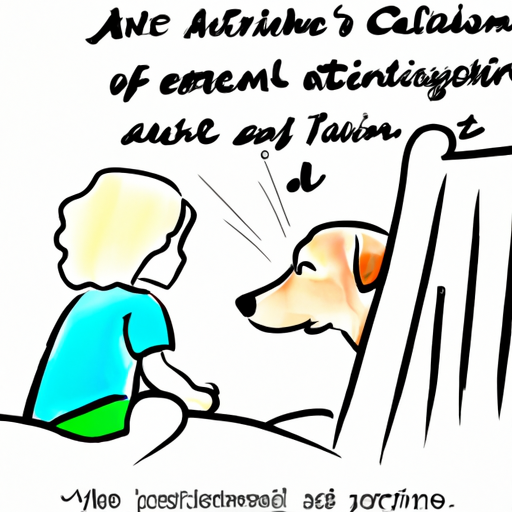When it comes to providing support for individuals with autism, one of the most effective and yet often overlooked resources is the autism service dog. These specially trained dogs serve a variety of roles, from providing emotional support to helping navigate social situations. In this article, we’ll delve into what autism service dogs do, how they’re trained, and the impact they can have on the lives of those they serve.
Table of Contents
- The Role of Autism Service Dogs
- Training of Autism Service Dogs
- The Impact of Autism Service Dogs
- Frequently Asked Questions
Key Takeaways
- Autism service dogs provide emotional support, assistance with social situations, and safety measures.
- The training of these dogs involves specific techniques tailored to the individual needs of the person they will serve.
- Autism service dogs can have a profound impact on the lives of individuals with autism and their families.
The Role of Autism Service Dogs
Autism service dogs are much more than pets. They are trained to perform specific tasks that help mitigate the challenges associated with autism. Here’s a closer look at their roles.
Emotional Support
One of the primary roles of an autism service dog is to provide emotional support. The presence of a service dog can have a calming effect, helping to alleviate anxiety and emotional distress. In addition, these dogs are trained to respond to emotional outbursts or meltdowns, often by providing deep pressure therapy or tactile stimulation, which can help to ground and calm the individual.
Assistance with Social Situations
Autism can make social situations challenging. An autism service dog can serve as a bridge, facilitating social interactions. The dog can draw attention away from the individual, reducing feelings of being watched or judged. They can also provide a conversation starter, making it easier for the individual to engage with others.
Safety Measures
Safety is a significant concern for individuals with autism, particularly those who may be prone to wandering or running away. Autism service dogs are trained to prevent such behaviors and can even be trained to track and locate the individual if they do wander off. This can provide a tremendous sense of security and peace of mind for caregivers and families.
Autism Speaks offers a comprehensive guide to service dogs that provides more information on these roles and the benefits they provide.
Training of Autism Service Dogs
The training of autism service dogs is a specialized process that involves teaching the dogs to respond to the unique needs and behaviors of individuals with autism. The training process typically involves the following steps:
- Basic obedience training: This includes commands such as sit, stay, and heel.
- Public access training: This ensures the dog can behave appropriately in public settings.
- Task-specific training: This involves teaching the dog to perform tasks specific to the individual’s needs, such as interrupting repetitive behaviors, providing deep pressure therapy, or locating the individual if they wander off.
This training can take several months to over a year to complete and often involves collaboration with the individual and their family to ensure that the dog is a good match and can effectively meet the individual’s needs.
One Top Dog provides more in-depth information on the training process of service dogs.
The Impact of Autism Service Dogs
The impact of autism service dogs on individuals with autism and their families can be profound. They can improve quality of life, increase independence, and provide a sense of security.
- Improved Quality of Life: The presence of a service dog can help to reduce anxiety and emotional distress, leading to an overall improved quality of life.
- Increased Independence: With a service dog’s assistance, individuals with autism may feel more confident and capable of navigating social situations and public spaces.
- Sense of Security: For caregivers and families, knowing the service dog is there to help prevent wandering or locate the individual if they do wander off, can provide a significant sense of security.
More details about the impact of service dogs can be found at One Top Dog.
Frequently Asked Questions
1. How does an autism service dog differ from a pet dog?
An autism service dog is trained to perform specific tasks that help mitigate the challenges associated with autism, such as providing emotional support, assisting with social situations, and ensuring safety.
2. How long does it take to train an autism service dog?
The training process can take several months to over a year, depending on the specific tasks the dog needs to learn.
3. What impact does an autism service dog have on an individual with autism?
An autism service dog can help improve the quality of life for an individual with autism by reducing anxiety, helping navigate social situations, and providing safety measures.
For more information on this topic, you can visit One Top Dog.
In conclusion, autism service dogs are valuable resources that can greatly improve the lives of individuals with autism and their caregivers. They provide emotional support, assistance in social situations, and safety measures that can increase independence and peace of mind.



